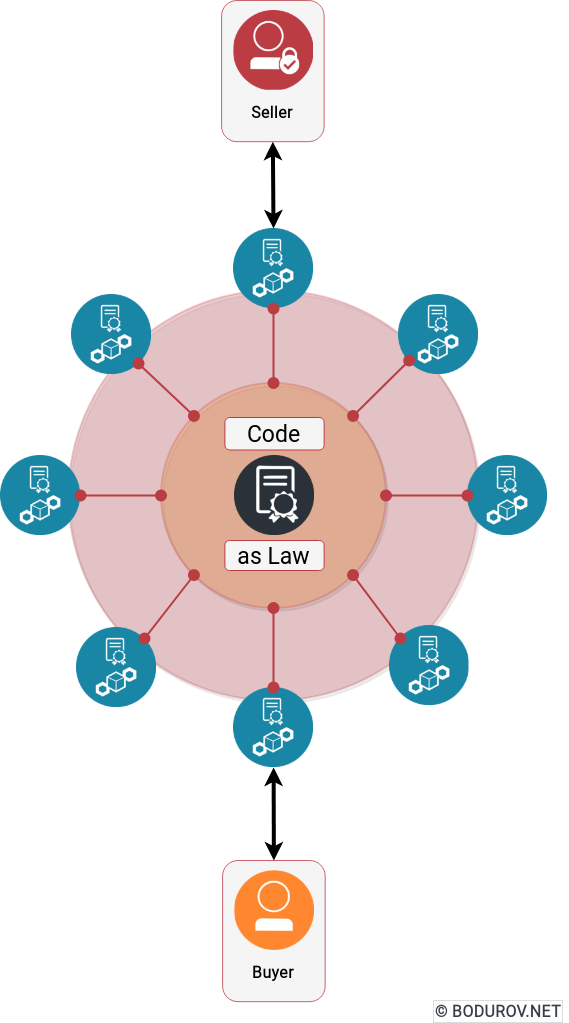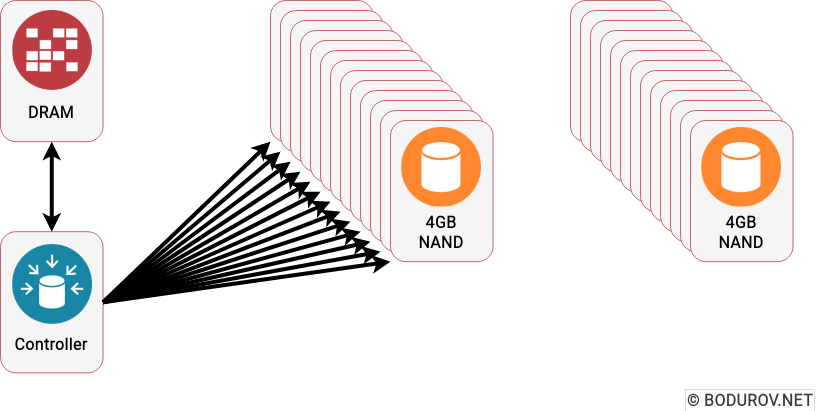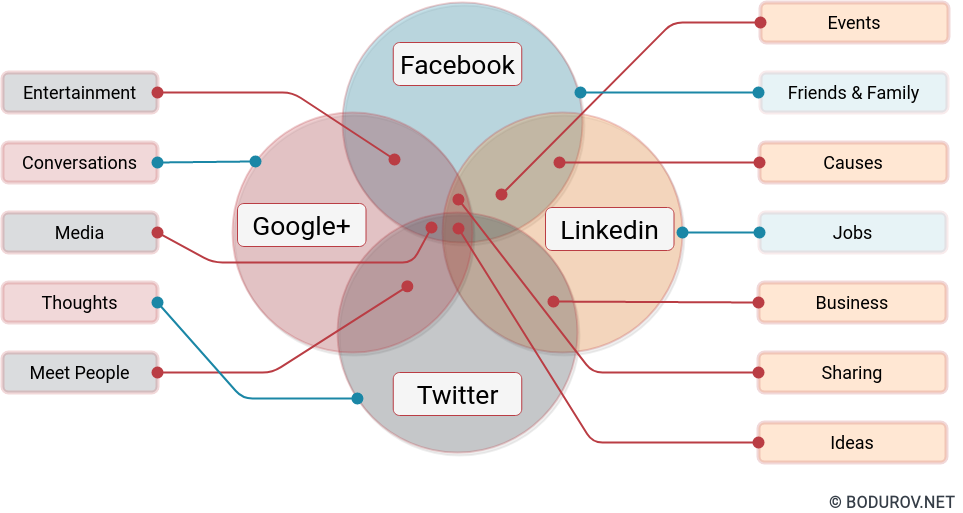In the last article for 2021, I shall touch on one of the exciting topics in technology for the last decade. For sure, with its novel approach, blockchain technology managed to change and shape our technical landscape during that period. These days crypto is brutally adopted, and many people use cryptocurrencies every day. Additionally, we could see the mass adoption of NFT and how it changed the art industry. We saw many platforms making ICO as a replacement for IPO. All of these would not be possible without blockchain.
But what is blockchain? Essentially, blockchain is an append-only database system in which every transaction is cryptographically signed. Your digital identity is presented by a pair of public/private keys. The algorithms use these keys to encrypt/decrypt and sign/verify the data coming into and out of the database. These same keys are used to identify your wallet in the standard crypto-currencies world. However, a traditional key/value database system is not enough for real-world usage, which is why almost all blockchain networks now offer smart contracts.
Every smart contract is a programming object with a lifecycle happening in the blockchain network. Additionally, every interaction with it is recorded and cryptographically signed with the same set of public/private keys used for your digital wallet. With such capabilities and a way for sending money, the blockchain networks offer pretty exciting opportunities:

- Replacement of standard contracts: In one ideal World, crypto would dominate people’s legal operations. It has all the tools for doing that, and many platforms, including IBM’s Hyperledger, offer such capabilities. Instead of signing on paper, people use digital signatures, and the system’s distributed nature ensures that no malicious modification can happen.
- E-voting: Many people believe that we could replace the standard paper-based voting system entirely with the progress of zero-knowledge proof protocols. Indeed, the technology is promising and could offer genuine authenticity during the voting experience in the future. However, its current state (aka not supporting actual programming language experience) is hardly helpful for anything other than checking a simple boolean expression.
- Decentralized Economy: In our current capitalism-based world, the parties issuing the money control the market. With the rise of crypto, that’s no longer true because now everyone can start issuing tokens and dictating how the market operates. And this is extremely helpful for smaller communities, which can detach themselves from the centralized issuing authority.
In conclusion, blockchain is quite existing technology, but unfortunately, it is still not mature enough for mass adoption. The main concern is that it is still possible to track the money transfers and identify the real people behind the public/private key pairs despite being anonymous. The same is true for smart contracts and e-voting – for sure, no one is going to be happy if people have access to her/his real estate’s notarial act or know for whom he/she voted.






